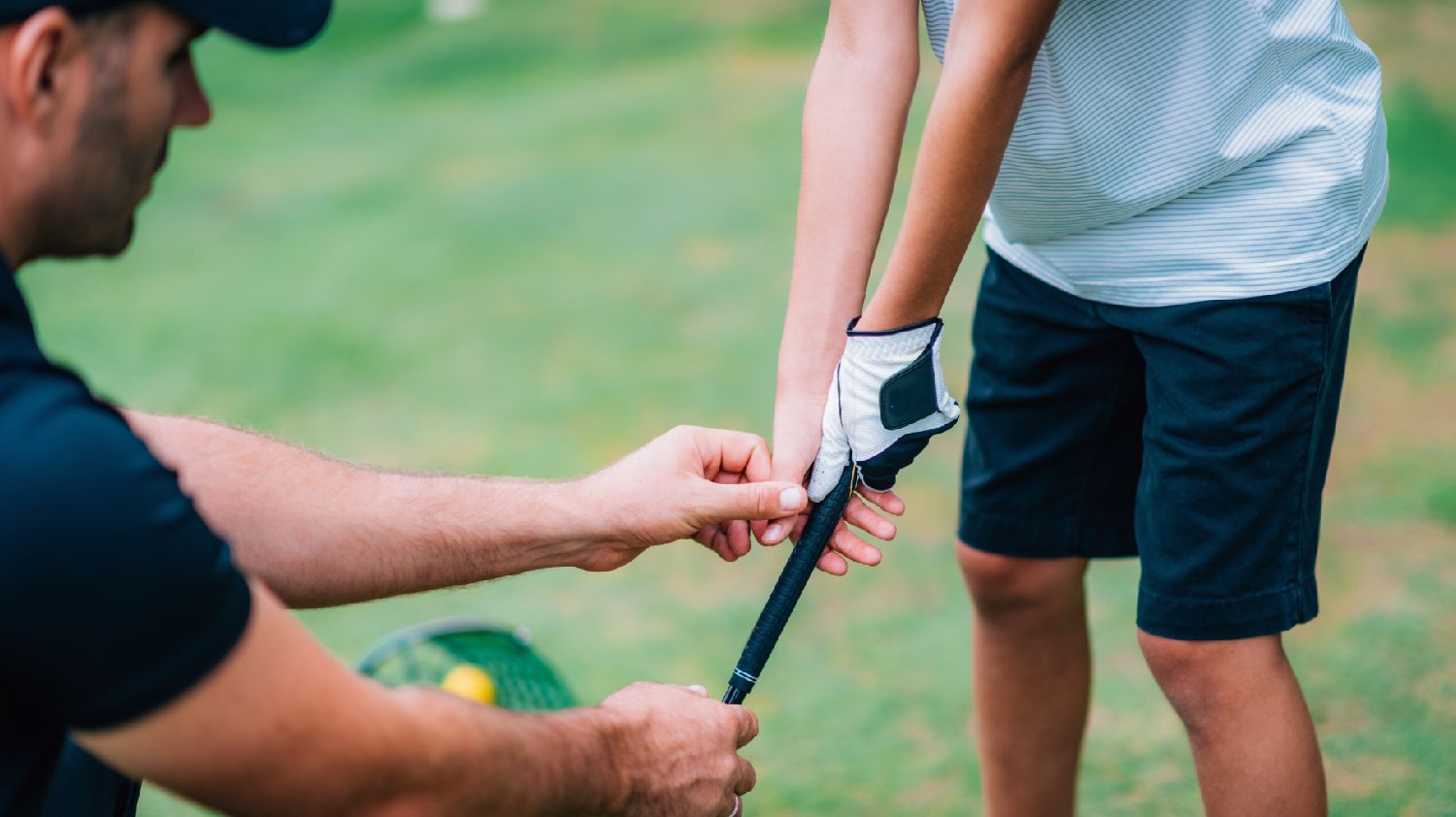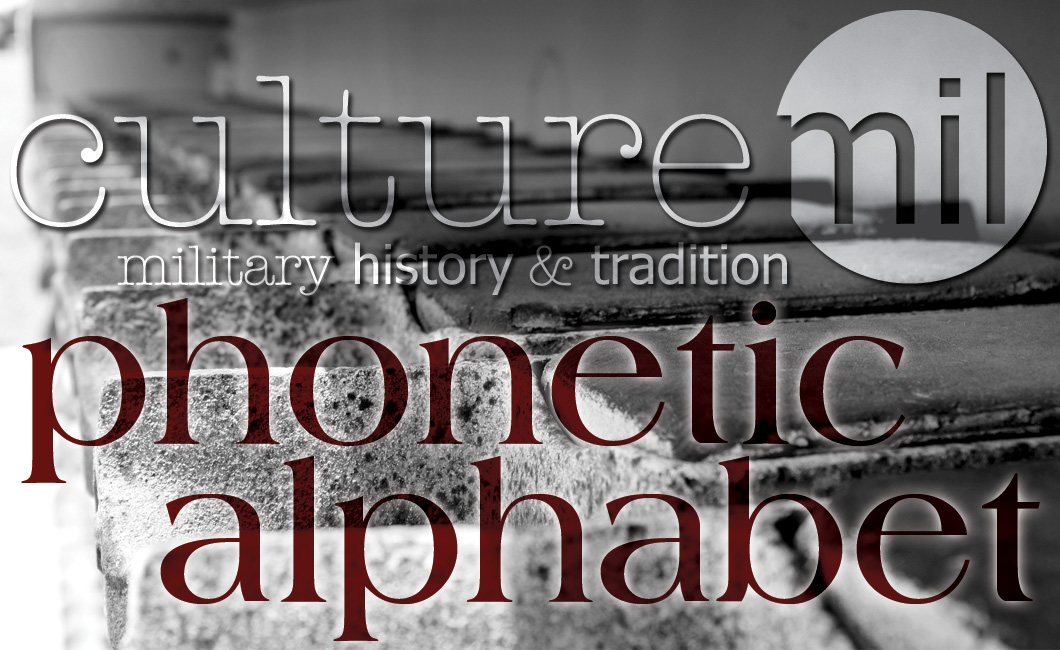- http://usmilitary.about.com/od/theorderlyroom/a/alphabet.htm
- http://army.com/info/alphabet
- https://www.navycs.com/military-alphabet.html
- https://www.visualthesaurus.com/cm/wc/do-you-know-your-alfa-bravo-charlies/
Written by Jenifer Chrisman on April 4, 2016.
The phonetic alphabet, or spelling alphabet, has been used consistently by the military since as early as 1913. Located in the Signals section of The Bluejackets’ Manual, it was paired with Alphabetical Code Flags, or Signal Flags, used by the Navy. The names (making up the phonetic alphabet) and the meanings of each flag (the letter they represent) were selected and defined by international agreement.
Today, the United States armed forces use the ICAO (International Civil Aviation Organization) alphabet. The alphabet is used to identify the letters in encrypted messages or those transmitted by radio or telephone.
Developed to clarify verbal communication, which is fraught with many similar sounding letters (ex: B, D, E, P, T) and auditorily challenging conditions, the individual words had to meet certain criteria. Each word had to be both short and phonetically distinct. They also needed to be words non-English speaking people could speak and understand, as well as having limited pronunciation differences from language to language. For languages with specialized lettering, such as the German’s ä, ö, and ü, language specific versions of the phonetic alphabet have been created.
Since 1913, the alphabet has changed several times throughout the years. During World War II a Joint Army/Navy alphabet was created to simplify inter-branch communication. The ICAO alphabet, used by the US military, NATO countries and civil aviation around the world, was developed in the 1950s and officially adopted in 1957.
The phonetic alphabet is, and has been, an integral part of the military, but many people the world over use it to one degree or another. It has saved misunderstanding and misinterpretation time and again and will continue to do so for years to come.
MILITARY PHONETIC ALPHABET
| Letter | 1913 | 1927 | 1938 | Joint Army/Navy (1941-1956) | 1957-Present | Pronunciation |
|---|---|---|---|---|---|---|
| A | Able | Affirmative | Affirm | Able | Alfa (or Alpha) | AL fah |
| B | Boy | Baker | Baker | Baker | Bravo | BRAH voh |
| C | Cast | Cast | Cast | Charlie | Charlie | CHAR lee |
| D | Dog | Dog | Dog | Dog | Delta | DEL tah |
| E | Easy | Easy | Easy | Easy | Echo | EKK oh |
| F | Fox | Fox | Fox | Fox | Foxtrot | FOKS trot |
| G | George | George | George | George | Golf | Golf |
| H | Have | Hypo | Hypo | How | Hotel | HO tell |
| I | Item | Interrogatory | Int | Item | India | IN dee ah |
| J | Jig | Jig | Jig | Jig | Juliett | JEW lee ett |
| K | King | King | King | King | Kilo | KEY loh |
| L | Love | Love | Love | Love | Lima | LEE mah |
| M | Mike | Mike | Mike | Mike | Mike | Mike |
| N | Nan | Negative | Negat | Nan | November | NOH vem ber |
| O | Oboe | Option | Option | Oboe | Oscar | OSS car |
| P | Pup | Preparatory | Prep | Peter | Papa | PAH pah |
| Q | Quack | Quack | Queen | Queen | Quebec | keh BECK |
| R | Rush | Roger | Roger | Roger | Romeo | ROW me oh |
| S | Sail | Sail | Sail | Sugar | Sierra | see AIR ah |
| T | Tare | Tare | Tare | Tare | Tango | TANG go |
| U | Unit | Unit | Unit | Uncle | Uniform | YOU nee form |
| V | Vice | Vice | Victor | Victor | Victor | VIK ter |
| W | Watch | William | William | William | Whiskey | WISS key |
| X | X-ray | X-ray | X-ray | X-ray | X-ray | EKS ray |
| Y | Yoke | Yoke | Yoke | Yoke | Yankee | YANG kee |
| Z | Zed | Zed | Zed | Zebra | Zulu | ZOO loo |
Sources:



